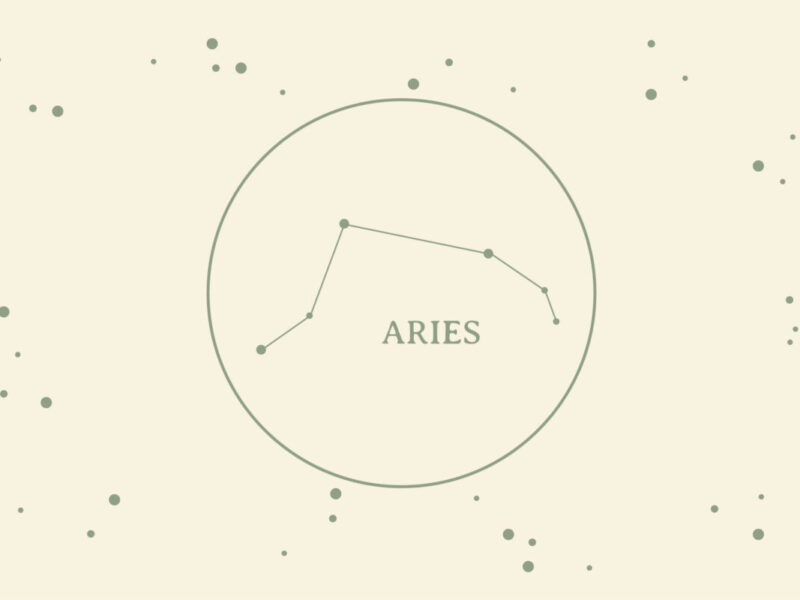Poetic Forms To Try in Your Writing, Volume 3
There are so many fun and unique poetic forms to try in your writing. We have previously examined sonnets, acrostics, cinquains, haikus, epigrams, and palindromes. Today, we are going to take a look at a few more that you can explore: limericks, odes, and couplets.
1. Limerick
A limerick is a five-line poem following an AABBA rhyming scheme. Limericks are often light-hearted and humorous and were made popular by Edward Lear. However, they are thought to have been around long before Lear’s time in nursery rhymes for children. Some prominent examples are “Hickory Dickory Dock” and “There once was a man in Nantucket.” Limericks are as fun to read aloud as they are to write!
Here are some great examples to show you how it’s done. Pay close attention to the rhyming structure and overall cadence of these pieces:
Edward Lear:
There was an Old Man with a beard,
Who said, “It is just as I feared!—
Two Owls and a Hen,
four Larks and a Wren,
Have all built their nests in my beard!
Hickory Dickory Dock by Mother Goose:
Hickory, dickory, dock!
The mouse ran up the clock;
The clock struck one,
And down he run,
Hickory, dickory, dock!
Limericks are a great opportunity to engage with the children in your life as well as your own inner child.
2. Ode
Conversely, an ode is a more formal poem dedicated to a person, place, thing, or idea. Throughout history, different cultures have written odes focused on topics that matter to them, such as celebrations, intense feelings of love, athletic events, and symbols for learning and reflection. While this poetic form originated in ancient Greece, it has evolved over the years to be a lyrical tribute to a wide array of subjects, depending on the passions of the poet.
Need help getting started? Check out these great tips as you begin your very own ode. And remember, at the core of your ode should be a passion and praise for the subject matter.
Excerpt from Ode to a Nightingale by John Keats:
Forlorn! the very word is like a bell
To toll me back from thee to my sole self!
Adieu! the fancy cannot cheat so well
As she is fam’d to do, deceiving elf.
Adieu! adieu! thy plaintive anthem fades
Past the near meadows, over the still stream,
Up the hill-side; and now ’tis buried deep
In the next valley-glades:
Was it a vision, or a waking dream?
Fled is that music:—Do I wake or sleep?
3. Couplet
A couplet consists of two lines in a verse that rhyme and combine to form a complete thought. They often follow the same rhythm, as well. You can create an entire poem made up of couplets, or you can sprinkle them in as you see fit. This poetic tool is versatile, providing a rhythmic structure to your work. Let’s look at a classic example and a kid-friendly one:
Alexander Pope:
True ease in writing comes from art, not chance,
As those move easiest who have learn’d to dance.
Notice that this piece is also written in iambic pentameter? A lot of the poetic devices we have discussed can be used hand-in-hand.
Dr. Seuss:
I do not like green eggs and ham,
I do not like them Sam I am
Poetry is a treasure chest full of new and exciting tools to introduce to your writing. And the more that you learn about them, the more you’ll be able to spot them in the different poems you read.
I hope that this has been a fun opportunity for you to explore these unique poetry devices. Happy writing, my friends!




